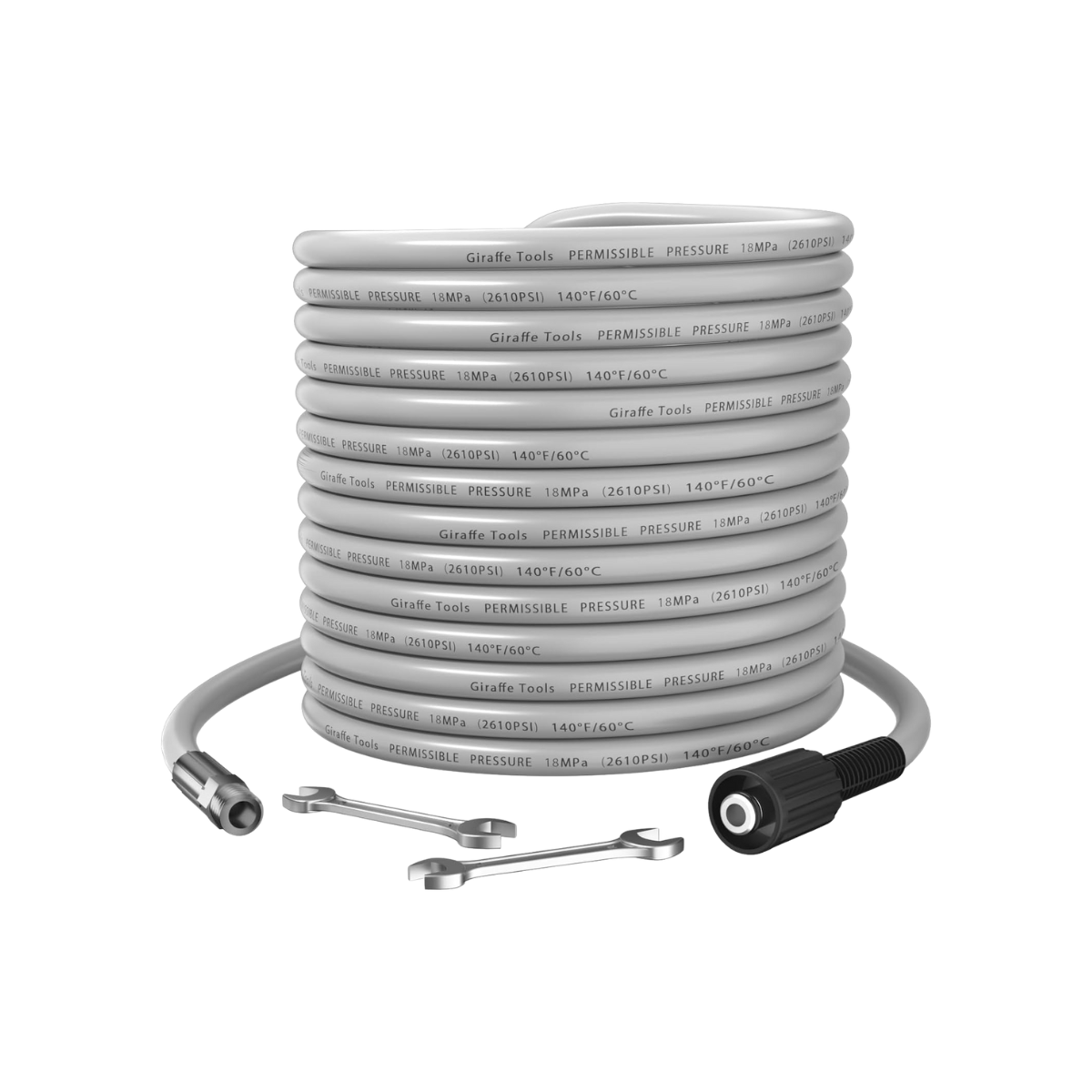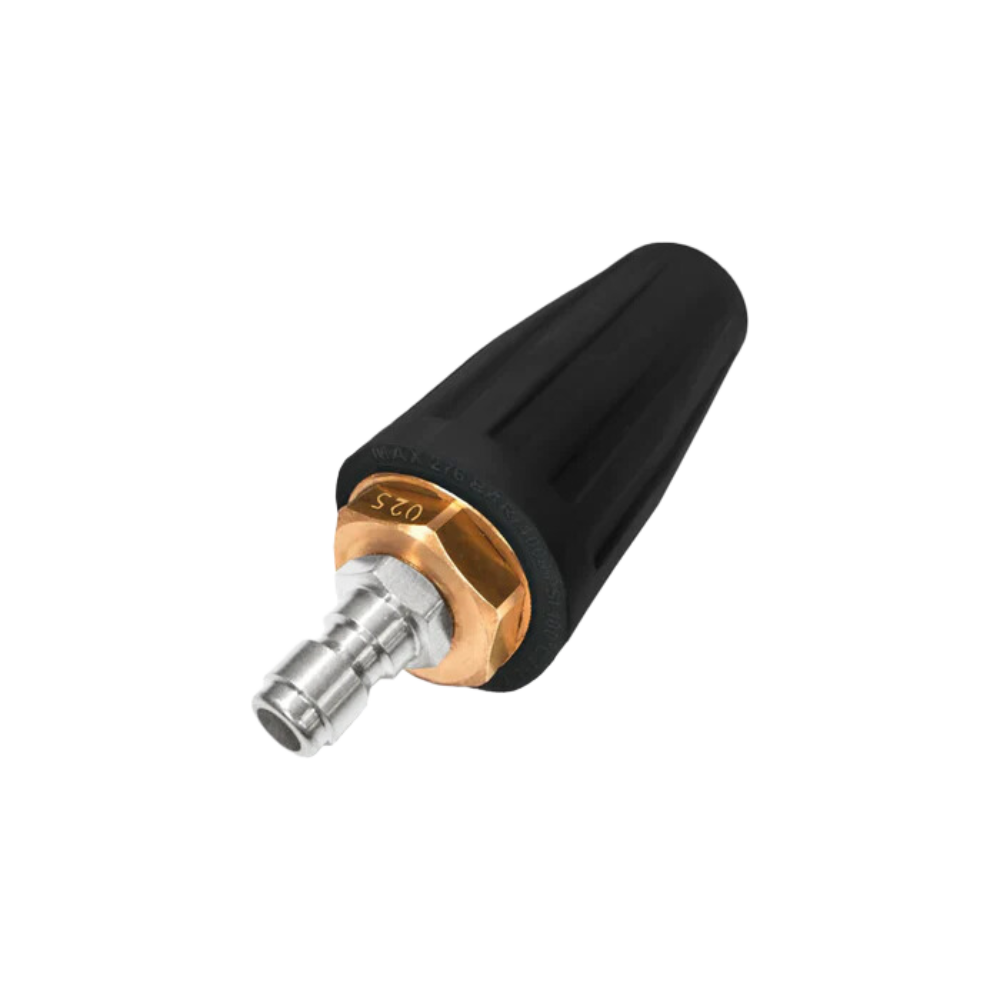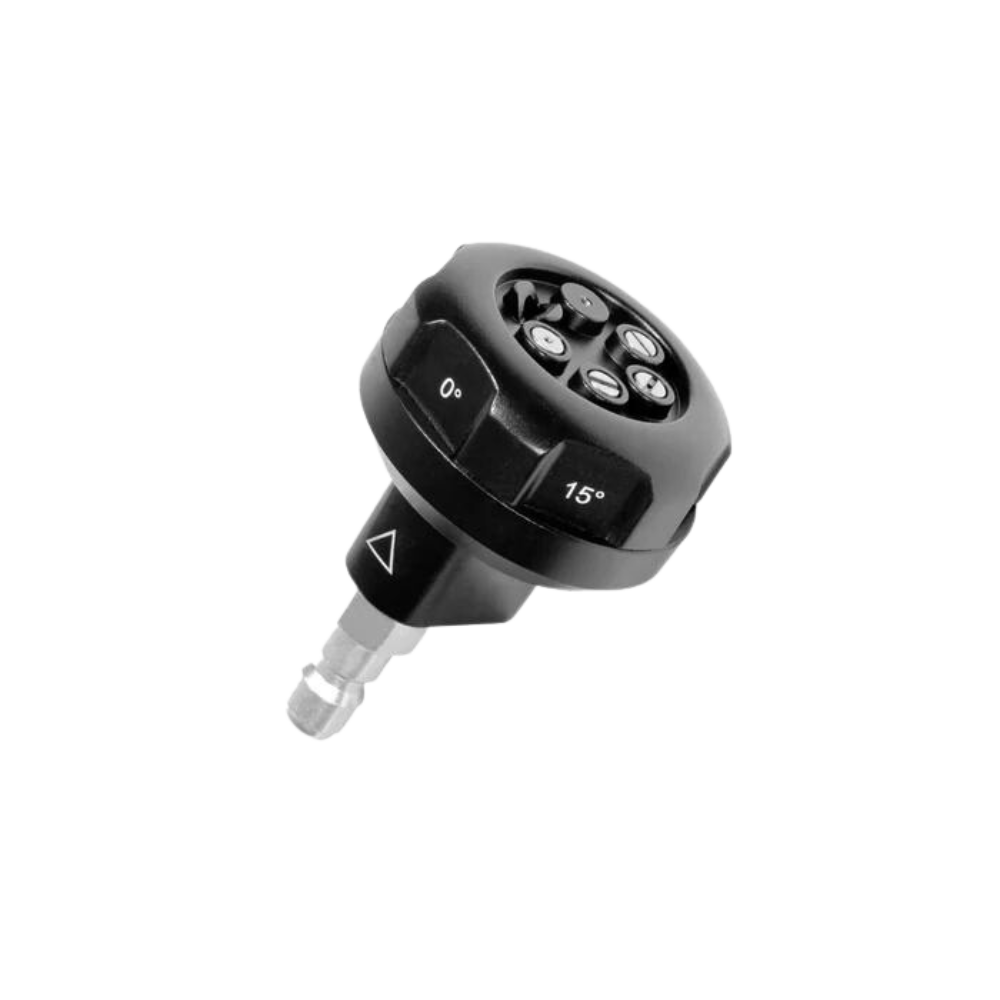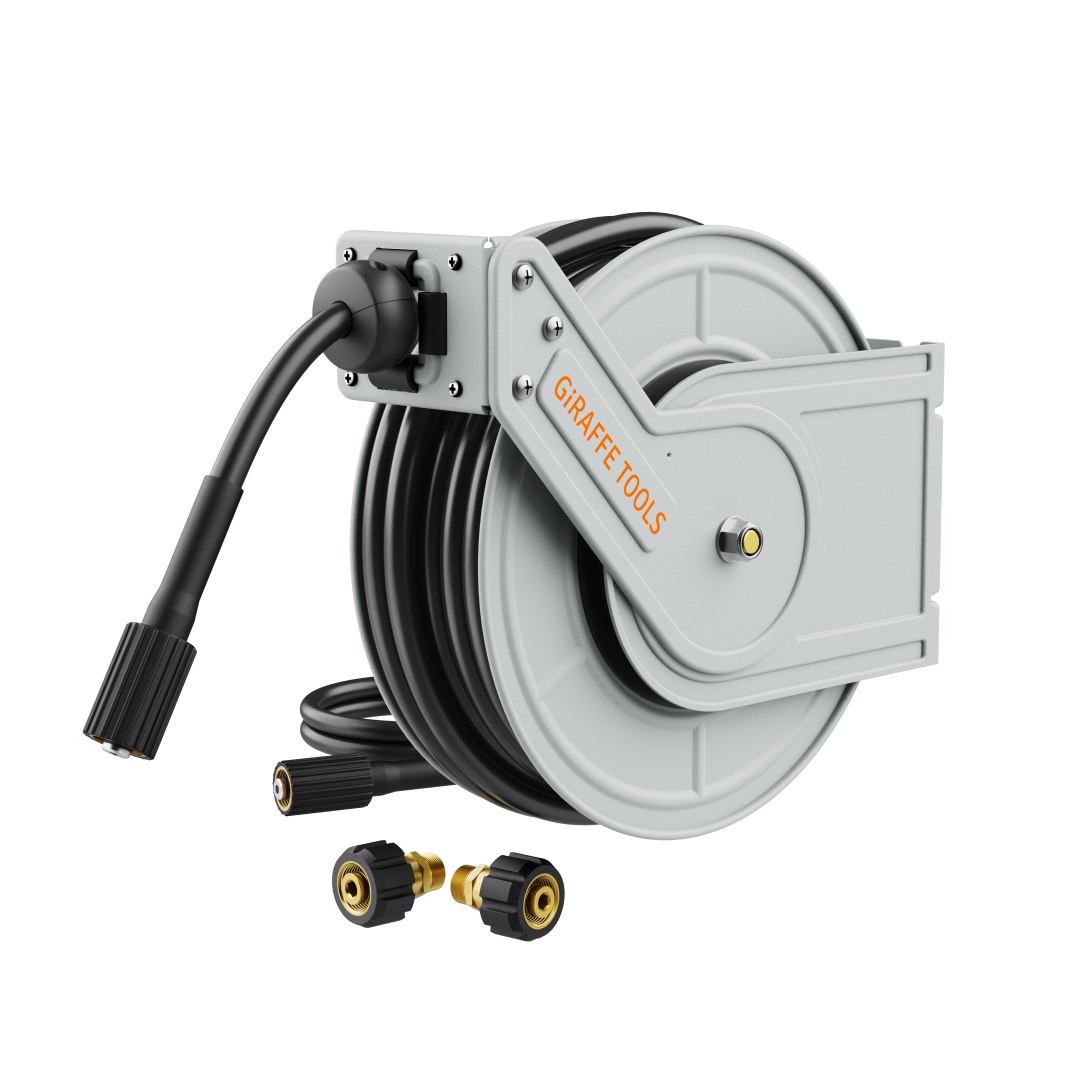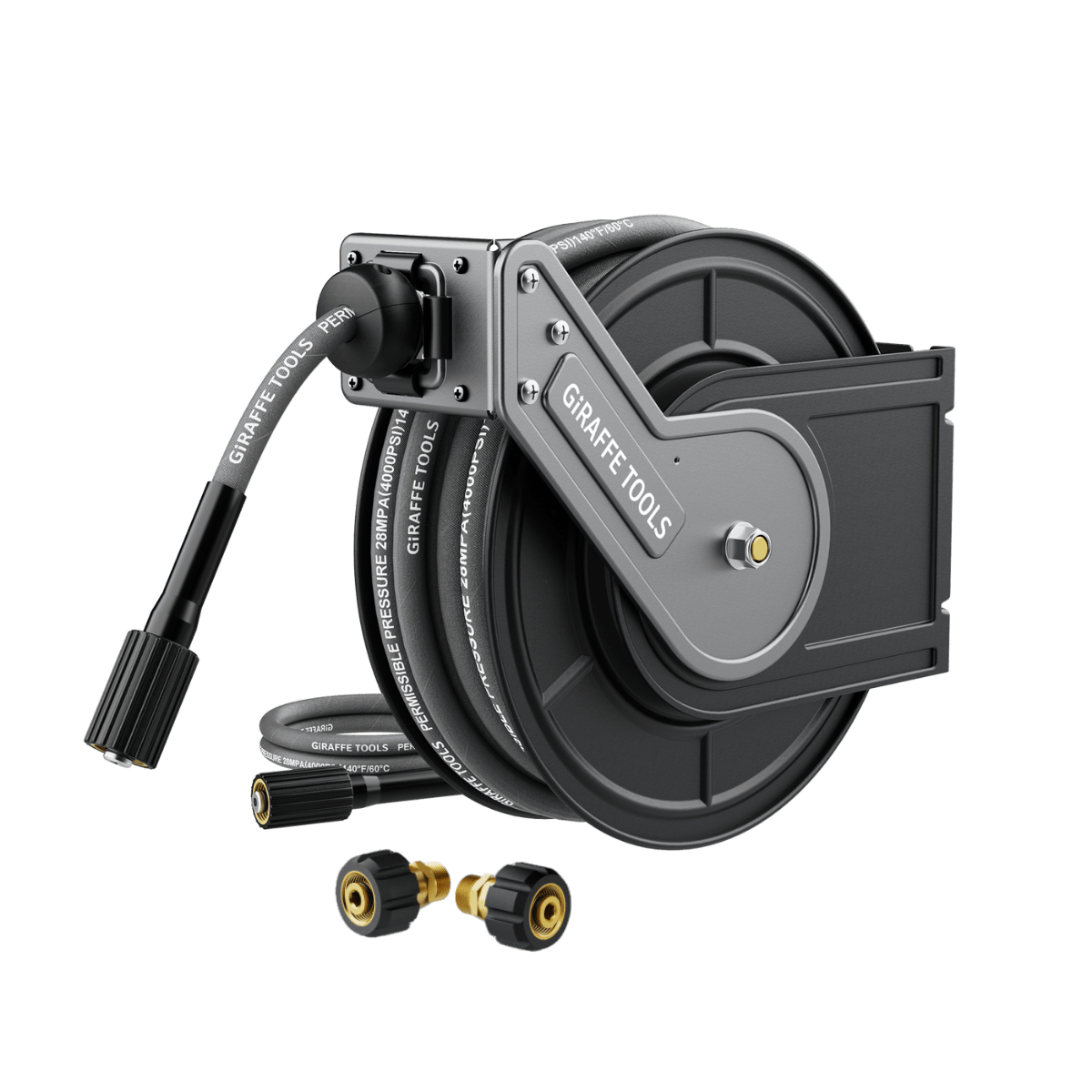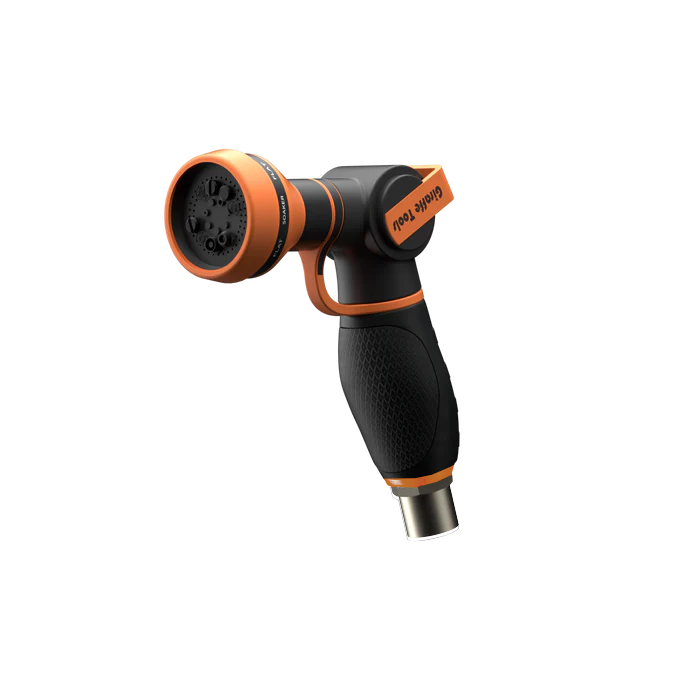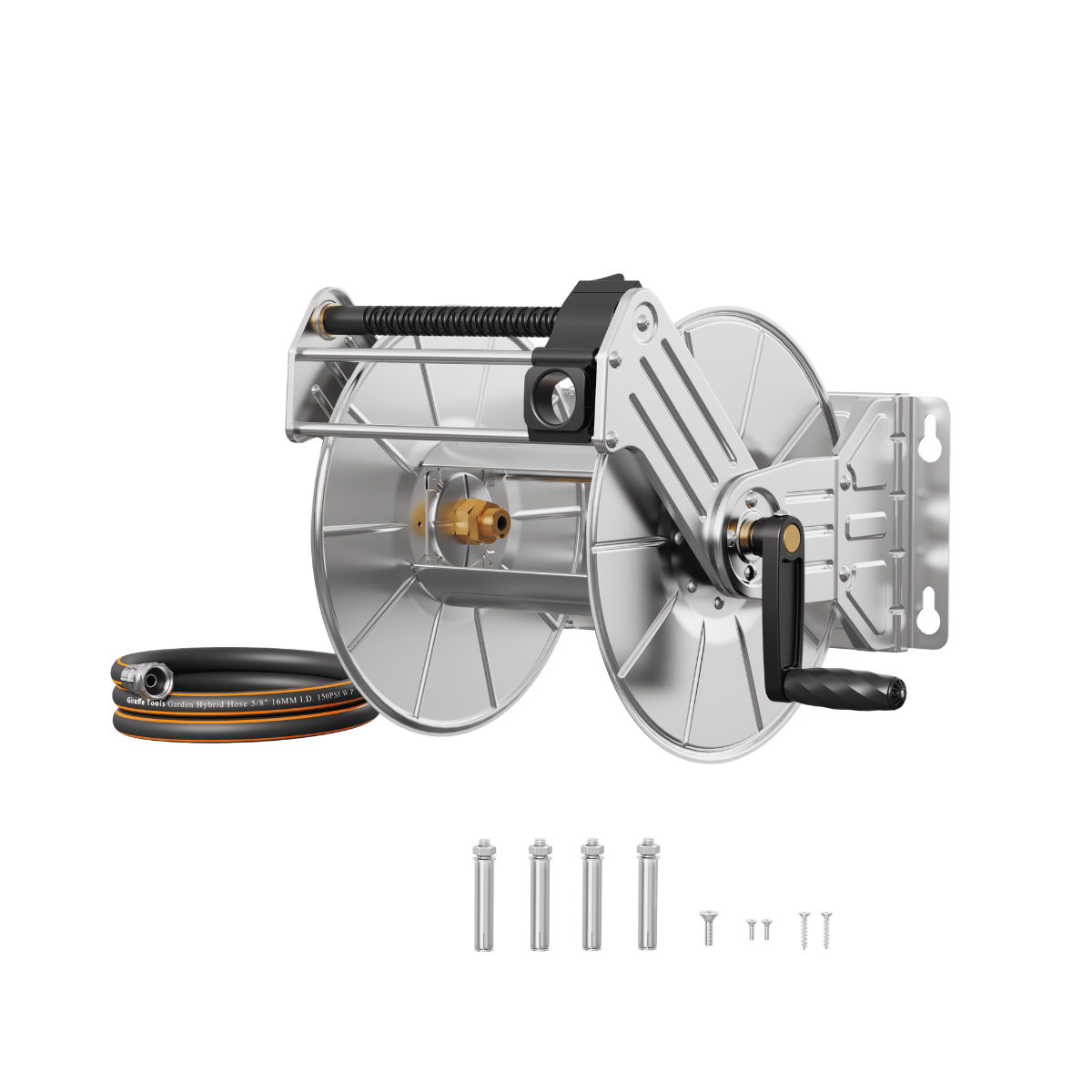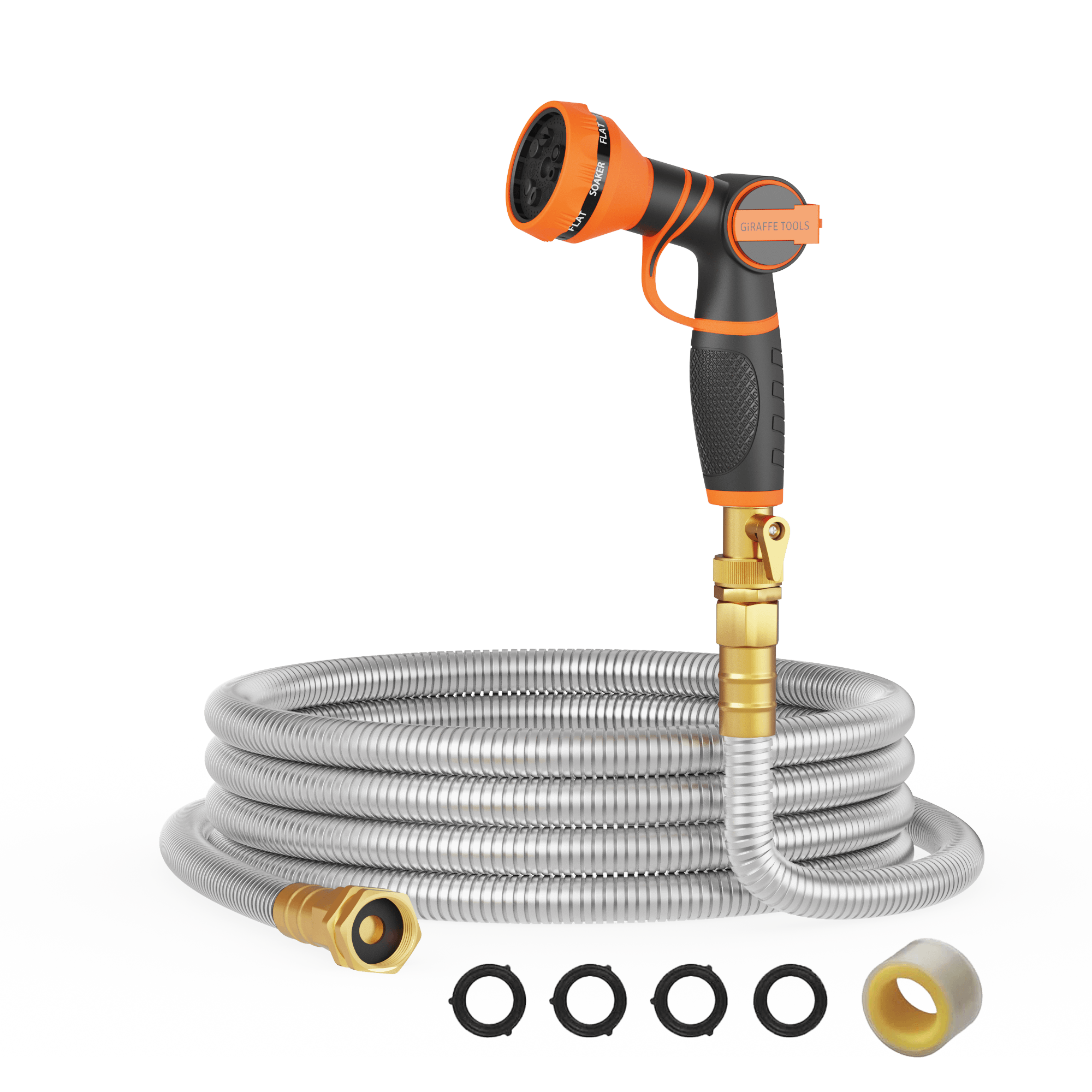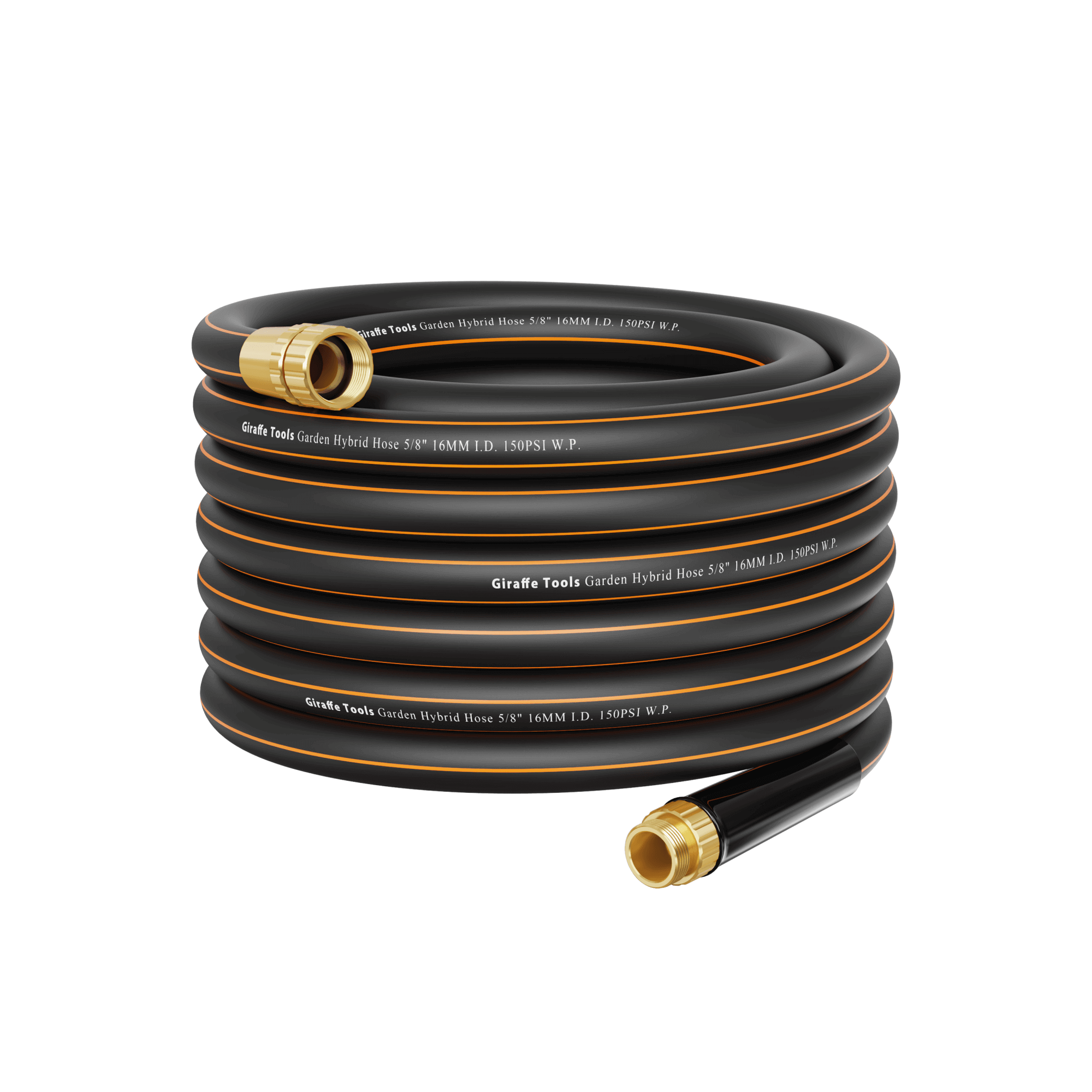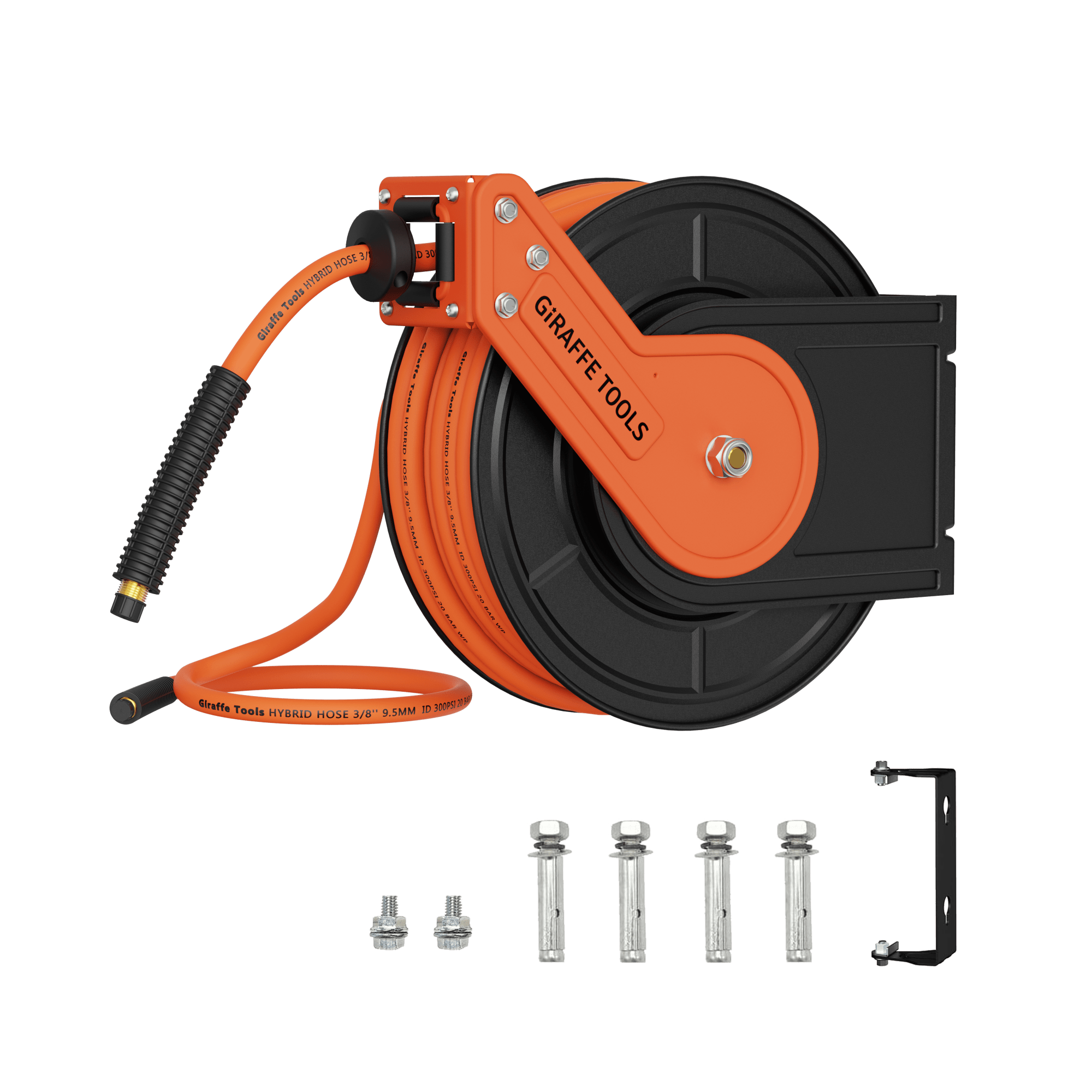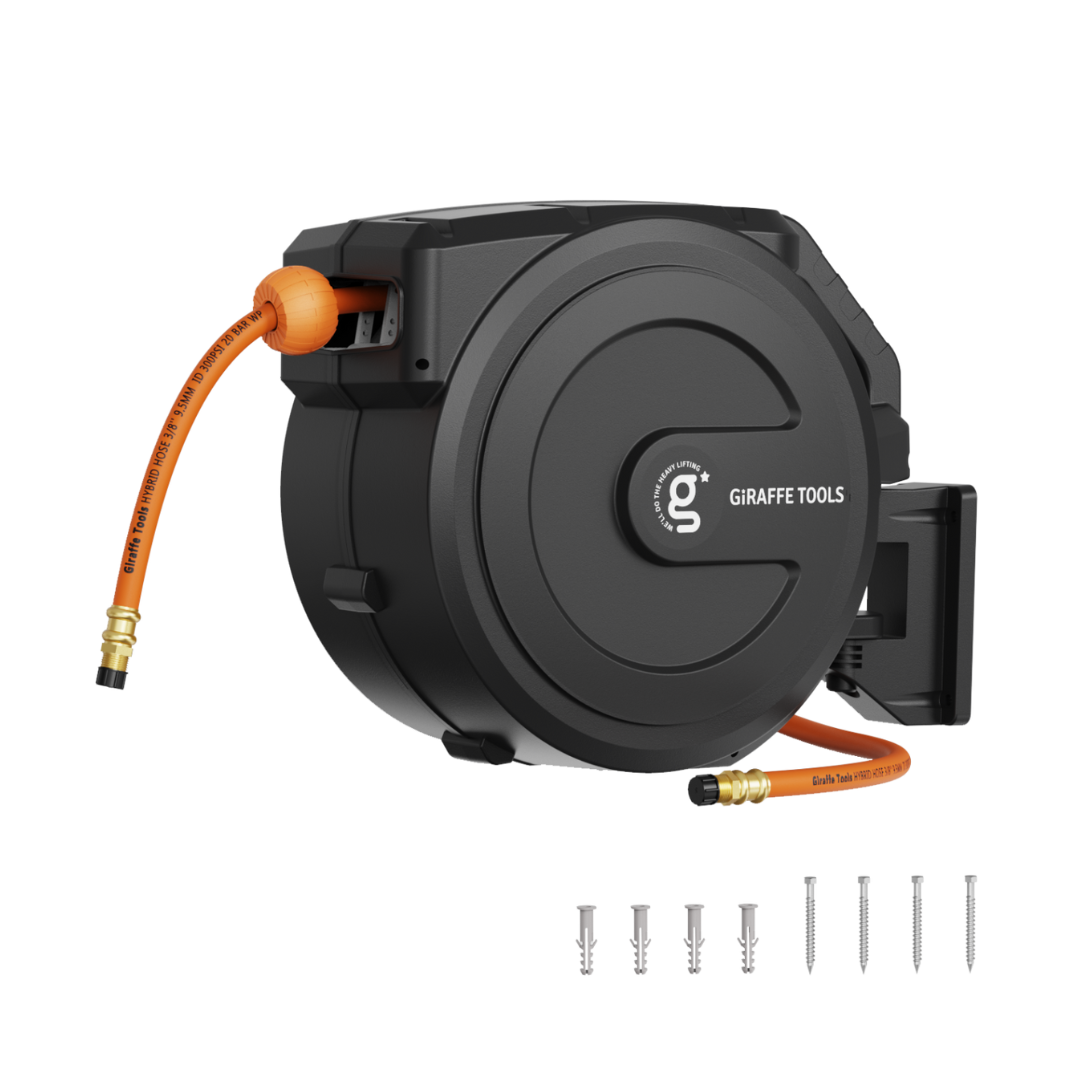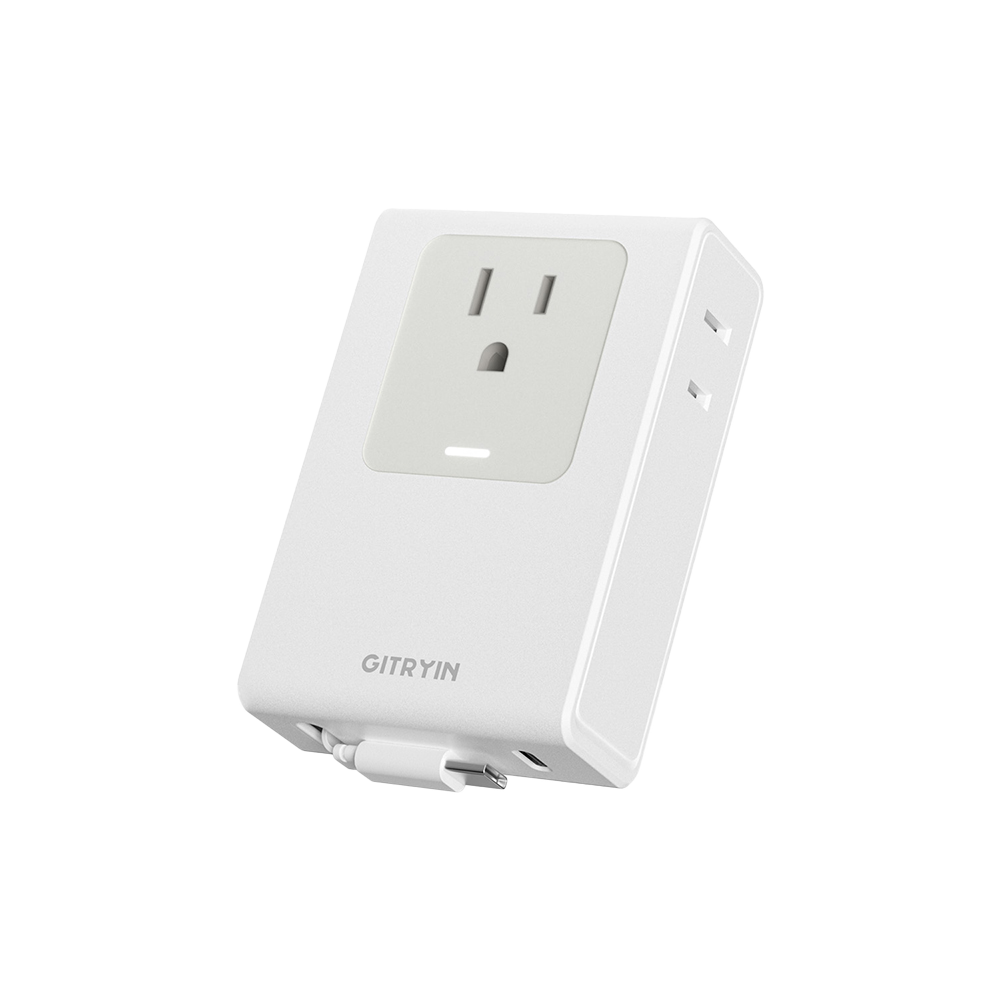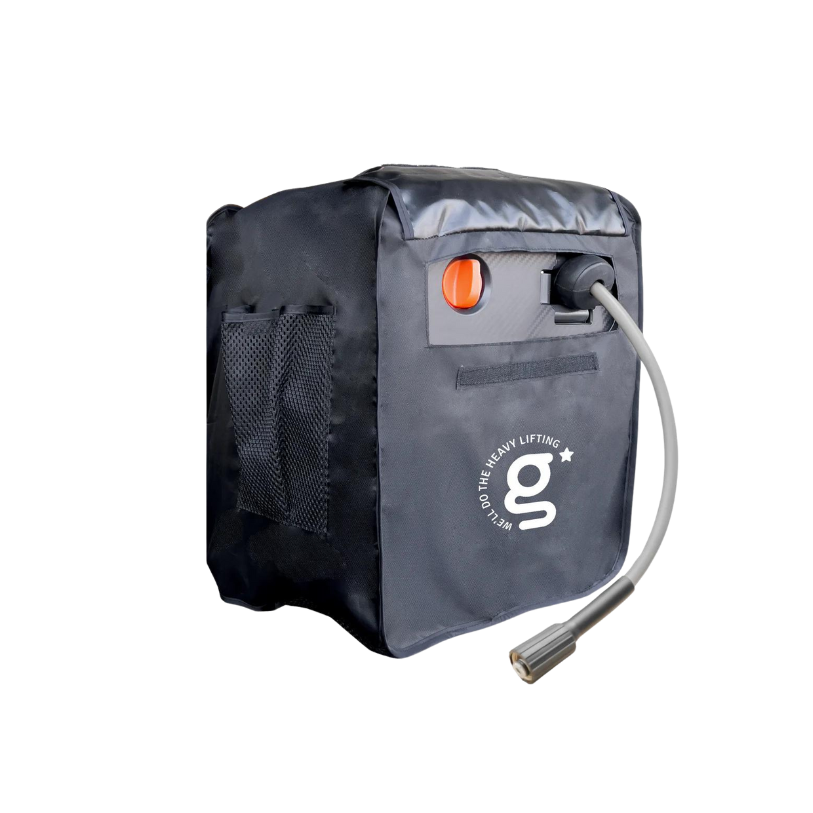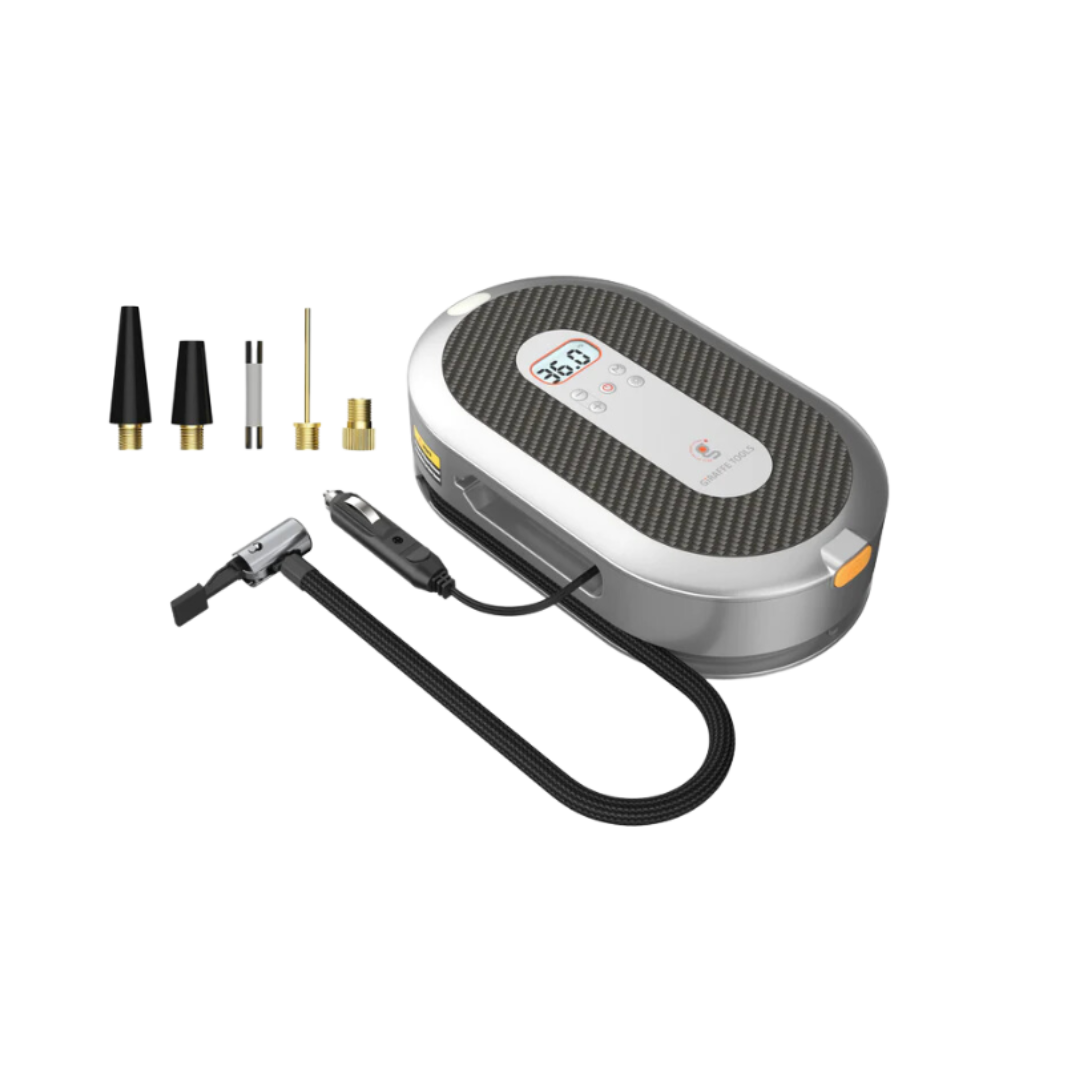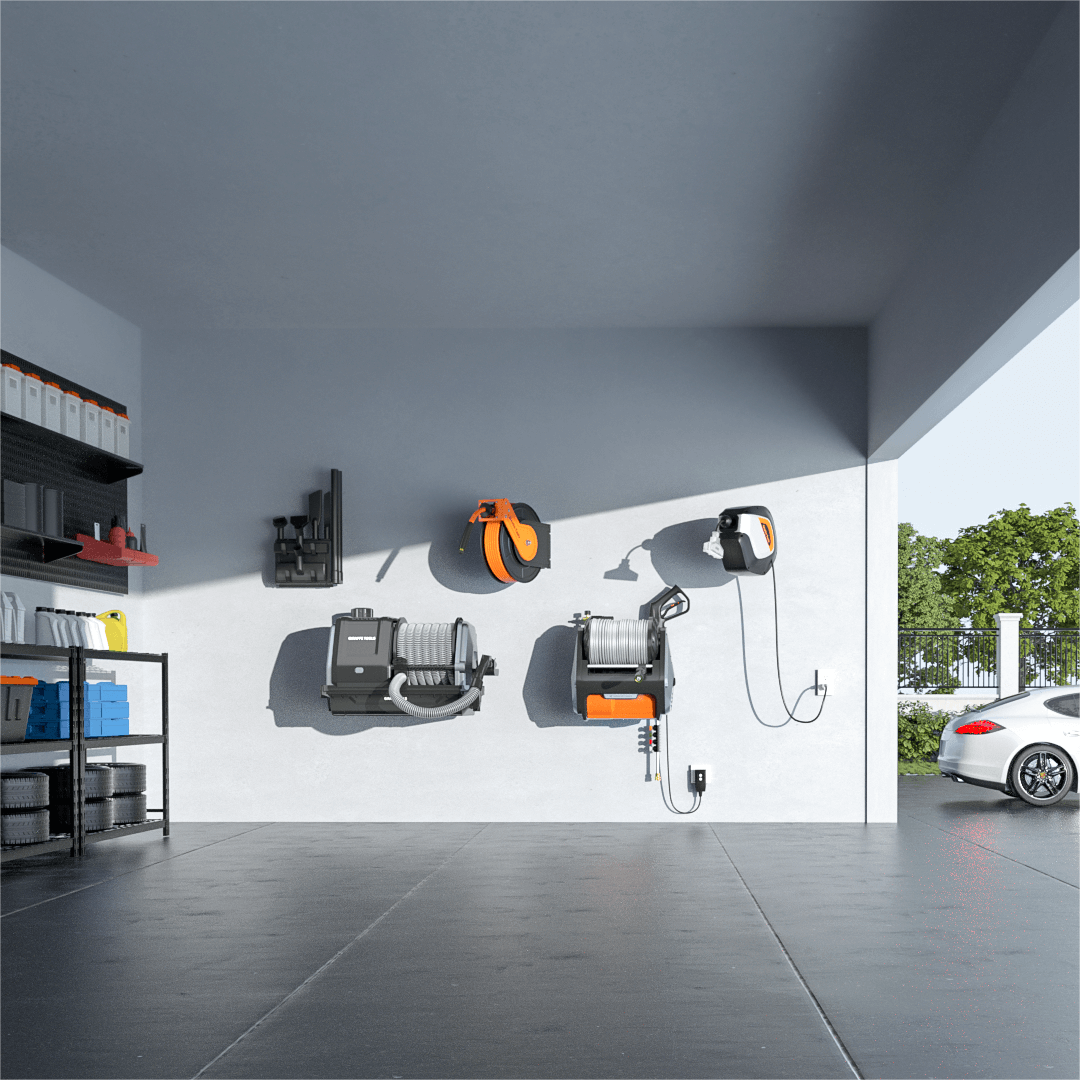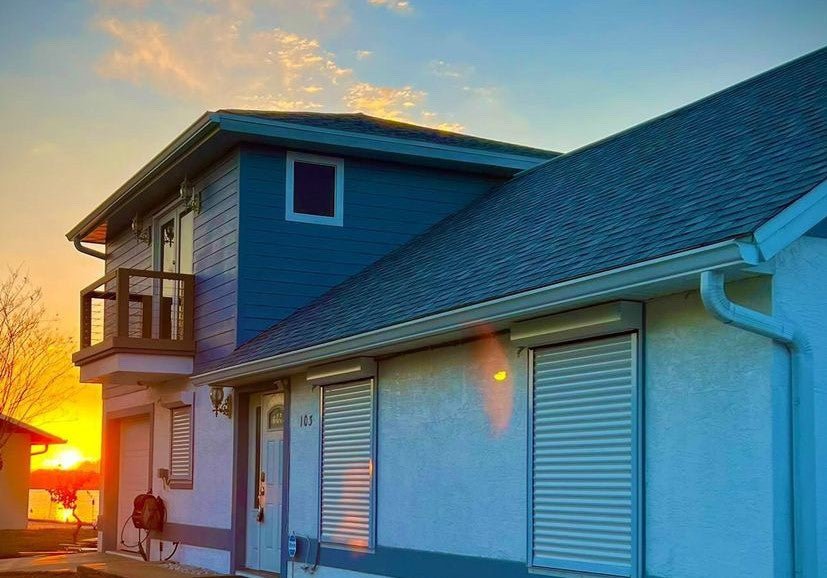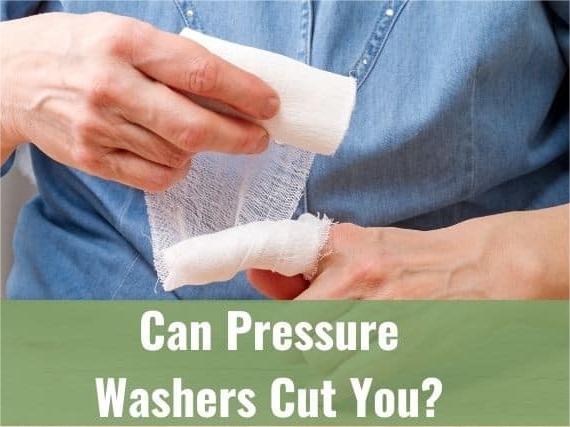Driveway owners know how difficult it is to clean a concrete surface. Cleaning it with just detergent water won't help as the stains are not that easy to get rid of. Gladly, I understood this sooner than my friends and switched to a pressure washer. This device made my job so smooth that now cleaning my driveway is as easy as cleaning window panes.
Do not worry if you haven't used a pressure washer before to clean your driveway because I am here to help.
In today's guide, I will be sharing all about pressure washing a driveway following the correct steps. If you read the blog until the end, I can assure you that cleaning your driveway will be no longer a headache.
So do not waste any more time and delve into the guide now!
In this guide, you will learn:
- Preparing Driveway for Cleaning
- Degrease the Concrete
- Preparing Pressure Washer
- Cleaning & Rinsing the Driveway
- Sealing the Concrete
Start With Preparing the Driveway for Cleaning
To start pressure washing, you need to ensure that the concrete is free of any stone, debris, or large-sized dirt particles. Then, you can easily clean them off using a broom. The driveway should also be clean of any plants, furniture, boxes, toys, vehicles, and so on. Once the area is cleaned, you need to cover up the walls to protect them from mishaps while pressure washing.
Some driveways also have in-ground plants. In that case, make sure you cover the plants, too, along with the walls. But do not keep them covered for hours as that might damage or kill the plants. After you have cleaned and covered everything, you need to find the highest point of the driveway. Then, start cleaning from the highest point so that the water flows away from you and follows the path of gravity.
Next, Degrease the Concrete
Pressure washing stubborn stains without using a degreaser can take a lot of your time and effort. Also, why do it the hard way and not the smart way? Hence, always use a degreaser on the concrete to loosen up the stains. This will help you clean away the mess faster than ever.
Some pressure washer models come with an extra attachment tool to help you spread the degreaser on the floor. However, if such an attachment tool is missing from your machine, no worries because you can easily spread the degreaser on the floor using a broom or brush. Please do not do it with your hands because the harsh chemicals are not good for the skin.
Prepare Your Pressure Washer for the Job
If you are using the pressure washer for the first time, please read the manual before starting. You will be able to understand most of the machine's functions by reading just the manual. Now start by connecting the spray wand to the washer with the help of a pressure hose. Once done, use a garden hose to connect the washer to an adequate water supply. Test your machine before you start working so that no damage is caused later. I recommend you clean the brick surfaces with a low-pressure nozzle to avoid any damage.
Now calculate the machine's cleaning power by simply multiplying the GPM with the PSI of the pressure washer. As many accidents are involved with a pressure washer, please do wear proper safety equipment like boots, safety glasses, leather gloves, and so on.
Also, do not use a pressure washer without supervision if you are handling the machine for the first time. Instead, learn it from the experts first and then get started on your own. Remember to contact a doctor immediately in case of any injuries.
Start Cleaning the Concrete
As said before, start cleaning from the higher level so that the water flows down the pathway and move away from the working space. Follow the steps below to clean the concrete properly:
Move the washing wand a few inches away from your body and point it towards the area to be cleaned.
Use a low to medium pressure nozzle and press the trigger to start cleaning with detergent water.
Pass the cleaning nozzlerepeatedly over those areas that need extra cleaning.
Do not stay in one place for long. Make sure that you are covering the whole ground in a manner that all the stains get cleaned without damaging the floor.
Now let the detergent stand for 15 to 20 minutes so that the stains absorb it well.
Ensure that the detergent does not get dried up. Keep wetting it whenever needed.
Rinse the Driveway
Until now, you must have been washing with a low-pressure nozzle as recommended by me. But after you have cleaned the driveway with detergent water for 15 minutes, you can start cleaning with a high-pressure nozzle. Turn on the machine and switch to rinse mode. Follow the steps below for effective rinsing:
- Wash away the detergent using sweeping motions.
- Ensure that nozzle is at least five inches away from the ground to avoid accidents.
- Clean the area until there are no stains or dirt left.
- If the stains are stubborn, clean with tighter sweeps.
- Once everything is cleaned up, let the concrete dry.
- End with Sealing the Concrete
- After the area is cleaned and dried, you need to prevent future stains with the help of sealant. First, apply sealant all over the concrete using a roller and then leave the area for 24 hours. This will give the sealant enough time to dry up.
Final Verdict
I hope my blog helped you learn the right ways of pressure washing a concrete driveway. Now the question is, what is the correct PSI for cleaning a driveway? I would say that do not use a pressure washer with a PSI of lower than 3000. However, if you are a beginner, do not aim for high PSI. Instead, go for a pressure washer whose PSI ranges from 1500 to 2300. Yes, cleaning with a low PSI pressure washer will take time, but it will be safer.
Make sure you take proper safety precautions to prevent injuries during pressure washing. Even professionals should wear protective garments. I still remember how I cut my finger once when I was not wearing gloves and how badly it bled! I truly hope that you do not suffer from the same.
So when are you planning to clean your driveway, and what safety precautions will you take? Do not forget to share with me!









